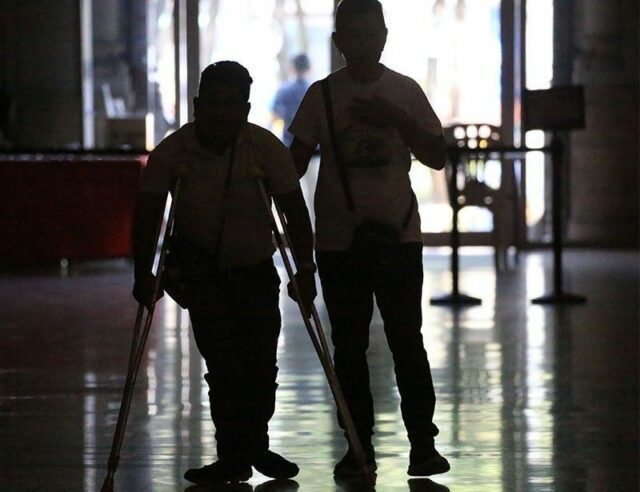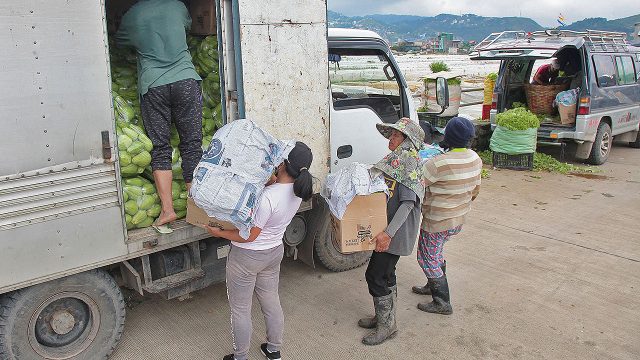Expanded senior, PWD discount scheme to take effect March 25
A JOINT ORDER expanding special grocery discounts to senior citizens and persons with disabilities (PWDs) was signed on Thursday and is expected to take effect on March 25.
In a statement, the Department of Trade and Industry (DTI) said that the joint administrative order (JAO) signed by the DTI, the Department of Agriculture (DA), and the Department of Energy (DoE) will increase the special discounts for senior citizens to P125 per week from P65 on their purchases of basic necessities and prime commodities (BNPCs).
Subject to review every five years, the JAO also increased the purchase cap to P2,500 from P1,300 per week, which had been the cap for 14 years.
“The discount is for the exclusive use of senior citizens and PWDs, with no provision for carrying over any unused amount to the following weeks,” the DTI said.
“Moreover, the joint order reiterates the right of senior citizens and PWDs to purchase their basic goods through a representative, extends the discounts to online purchases, and clarifies the rule against double discounts,” it added.
On a monthly basis, the new order raised the total value of goods that could be purchased to P10,000 from the previous limit of P5,200. However, it does not apply to barangay-registered microbusiness establishments and cooperatives.
“We recognize the valuable contributions of our senior citizens and PWDs to our society, and this initiative reiterates our unwavering commitment to ensure their access to essential goods,” according to Trade Secretary Alfredo E. Pascual.
“Providing senior citizens and the differently abled with additional discounts on agricultural products forms part of President Ferdinand Marcos, Jr.’s vision of providing Filipinos with affordable food and better nutrition,” Agriculture Secretary Francisco P. Tiu Laurel, Jr. said.
“This special discount will be magnified once our strategy to produce more food by modernizing agriculture bears fruit,” he added.
The goods that will be covered by the JAO are the BNPCs defined by the Price Act, and the discounts under the order are separate from the 20% statutory discount granted under the Expanded Senior Citizens Act of 2010 and An Act Expanding the Benefits and Privileges of PWDs.
The draft of the order is accessible through the DTI website and is expected to take effect once published on March 25.
Retailers have previously raised concerns about the implementation of increased discounts on BNPCs and called it a “burden” that the private sector needs to bear.
In particular, Steven T. Cua, president of the Philippine Amalgamated Supermarkets Association, Inc., said that if the government will not allow the discounts to be deductible, “retailers will have to resort to jacking up prices.”
However, according to the DA, the JAO will allow businesses that grant the special discounts to deduct these from their income tax payments.
The JAO stems from an initiative of Speaker Ferdinand Martin G. Romualdez to raise the weekly discount to a total of P500 per month, which he announced last month.
Citing the Philippine Statistics Authority, the DA said that around 15 million Filipinos are aged 60 or older, while around 12% of the population is estimated to be severely disabled based on the 2020 census. — Justine Irish D. Tabile


![DBM-Assistant-Secretary-Amenah-F.-Pangandaman-[DBMgovph-FB]](https://www.bworldonline.com/wp-content/uploads/2022/05/DBM-Assistant-Secretary-Amenah-F.-Pangandaman-DBMgovph-FB-640x360.jpg)









